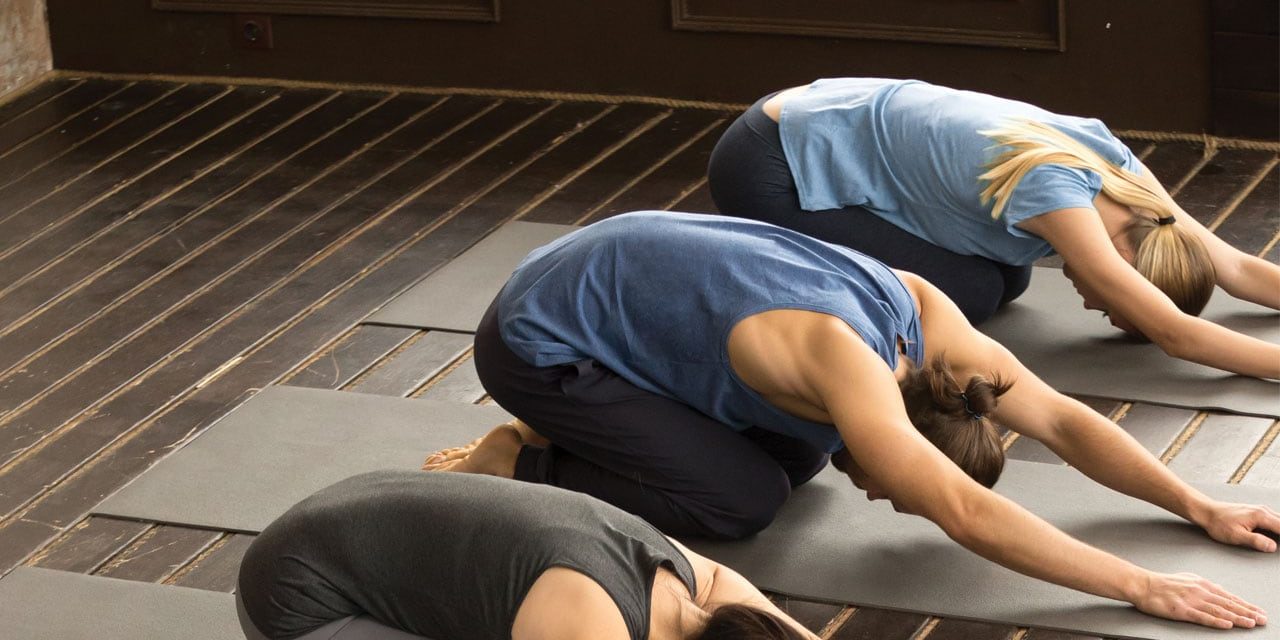
The yoga union
UK yoga teachers have unionised for the first time ever to form a branch of the Independent Workers Union of Great Britain
Yoga teachers in the UK have unionised for the first time ever to form a branch of the Independent Workers Union of Great Britain (IWGB) — a union known for organising ‘unorganisable’ precarious workers.
Many yoga teachers will say it’s about time. Most yoga teachers have no job security, no sick pay, no paid leave and no employer pension contributions.
Key concerns include precarity, poverty pay and a lack of basic workers’ rights, while members also report an endemic culture of bullying and discrimination.
The new branch of the IWGB adds to the ranks of other precarious and gig economy workers including Uber and Deliveroo drivers. It marks the first trade union for yoga teachers in the UK, and the second ever in the world, after Unionize Yoga in New York.
“Too many yoga teachers are earning less than the living wage and are in need of basic workers’ rights,” says Laura Hancock, chair, of the IWGB Yoga Teachers’ Union. “This is devastating the health and wellbeing of teachers working hard to create safe and supportive environments for their students and communities. By coming together, organising and raising our collective voice, we are much stronger and have a much greater potential to make real, long-term, positive changes that will benefit us all.”
She says key industry concerns include unpaid overtime and poverty pay well below living wage, as well as a lack of basic workers’ rights like sick pay and annual leave.
Perhaps even more concerning, members also report an endemic culture of bullying, harassment and discrimination throughout the yoga industry. The IWGB Yoga Teachers’ Union already operates working groups on on these issues and offers training on responding to and preventing sexual harassment — a key challenge that has resurfaced multiple times in yoga’s modern history.
Time for change
Covid-19 has also exacerbated any problems. The pandemic has thrown many yoga teachers into poverty, with many ineligible for furlough and falling between the gaps of the Self-Employment Income Support Scheme (SEISS).
According to membership surveys conducted by the IWGB Yoga Teachers’ Union over 60% earned below living wage before Covid-19, with some earning as little as £5 an hour including unpaid overtime.
Just 4% of yoga teachers report having employee status and basic protections, going down to 3% in the case of female yoga teachers.
Only 19% have written contracts of any sort — and less than 17% in the case of female yoga teachers of colour.
“The labour of yoga teachers has been systematically undervalued,” says Lynette Greenaway, BAME officer at the IWGB Yoga Teachers’ Union. “We clean and prep venues, travel extensively, plan classes, sign students in, do free marketing for our employers, deal with our students' emotional and spiritual dilemmas, and show up and stay well beyond our teaching time, and more. This is all unpaid overtime, and there's a deeply ingrained false belief that it is 'unyogic' to ask for adequate compensation. It's a performative silence that — together with cavalier attitudes towards our rights as workers on the part of some studio owners — increases the pressure and stress on yoga teachers to pay our bills and make a decent living from our work. Yoga teacher pay needs a complete overhaul.”
Global business
Poor pay and conditions for teachers also comes at a time when the yoga industry itself is growing. Even during the Covid-19 pandemic, interest in yoga has flourished as practitioners sought to navigate the stresses of repeated lockdowns and isolation.
“The global yoga industry is worth around £60 billion and much of that wealth is being extracted from underpaid, exploited yoga teachers,” says Simran Uppal, secretary of the IWGB Yoga Teachers’ Union.
“We’re not monks protected by an ashram or a wealthy elite of wellness celebrities. We have to survive just like the other precarious workers in the IWGB and around the world. It’s time for the yoga industry to live its values and respect our human rights.”
The union is open to direct employees, contract, freelance, agency, or casual workers who work or have worked as yoga teachers. To join or find out more visit: yogateachersunion.co.uk
HAVE YOUR SAY
We’d love to know what you think:
Yoga teachers: have you joined the union or are you planning
to? Tell us why.
Studio owners: what are your thoughts on yoga teachers
forming a union?
Email: editor@ommagazine.com




